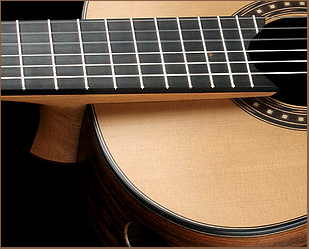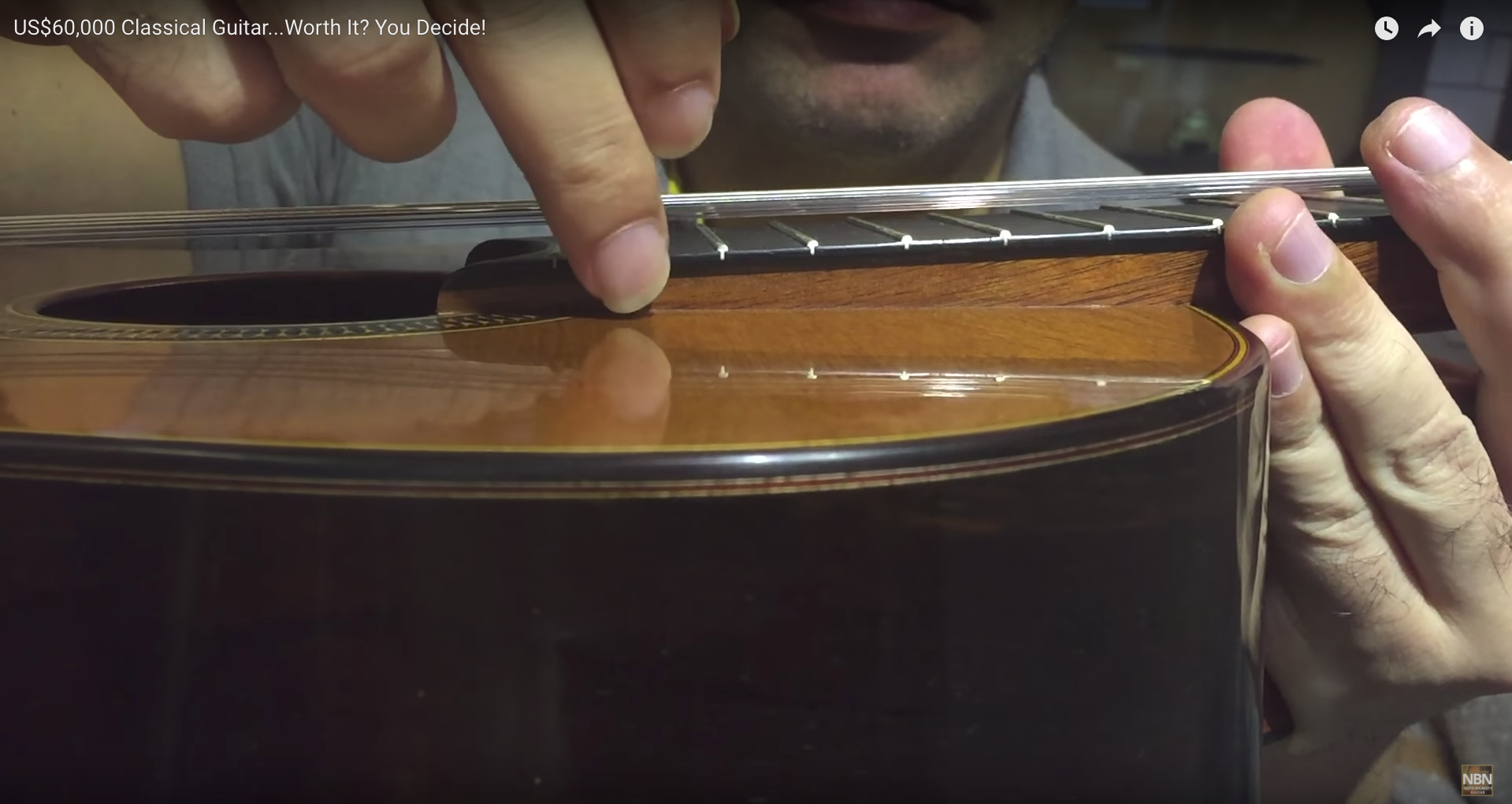Modern Classical Guitar Design Part 1: Elevated Fretboard
Introduction
The design of the classical guitar as we know it today was bought into existence by Antonio Torres Jurado around the middle of the 19th century. This design is known as the 'Torres' and for many years it has stood unrivalled as the standard for making classical guitars. Other designs such as post-Torres and Hauser have also had an impact on classical guitar design. Their designs had traditional fretboards that run parallel to the soundboard and only provided several millimetres of clearance above the soundboard. In recent times some luthiers have begun to incorporate a bold and innovative classical guitar design aimed at making it easier for guitar players to play beyond the 12th fret of the guitar.
The Elevated Fretboard
Recently some guitar makers have moved towards a 'raised' or 'elevated' fretboard. In this instance the fretboard's distance from the soundboard is increased. This has several advantages:
- It provides easier access beyond the 12th fret
- Increased mass provides superior sustain
- The distance from the strings to the soundboard is increased providing an advantage for the right-hand
Makers that use elevated fretboard construction in their guitars include:
I had the wonderful opportunity to play a 1995 Mathias Dammann guitar when I was living in Hong Kong in 2016. The guitar featured a double top and it also had a raised fretboard. I made a video of me playing the guitar in the store. You can watch it here. I can say without hesitation that an elevated guitar fretboard is definitely the way to go. I can see no disadvantages whatsoever from having this style fretboard. There is no visual impact when viewed from the front - it is only when viewed from the side that you can see the elevation.
I play a Takamine TH5C with a cutaway at the moment so there is no requirement for a raised fretboard but when I purchase a new concert classical I'll definitely make sure that it has an elevated fretboard. I'd be a fool not to...
Check out my other articles in the
'Modern Classical Guitar Design Series':
Part 8: Fanned Frets
Part 7: Arched back
Part 6: Double Tops
Part 5: Lattice Bracing
Part 4: Armrest
Part 2: Indented Cutaway
Part 1: Elevated Fingerboard


